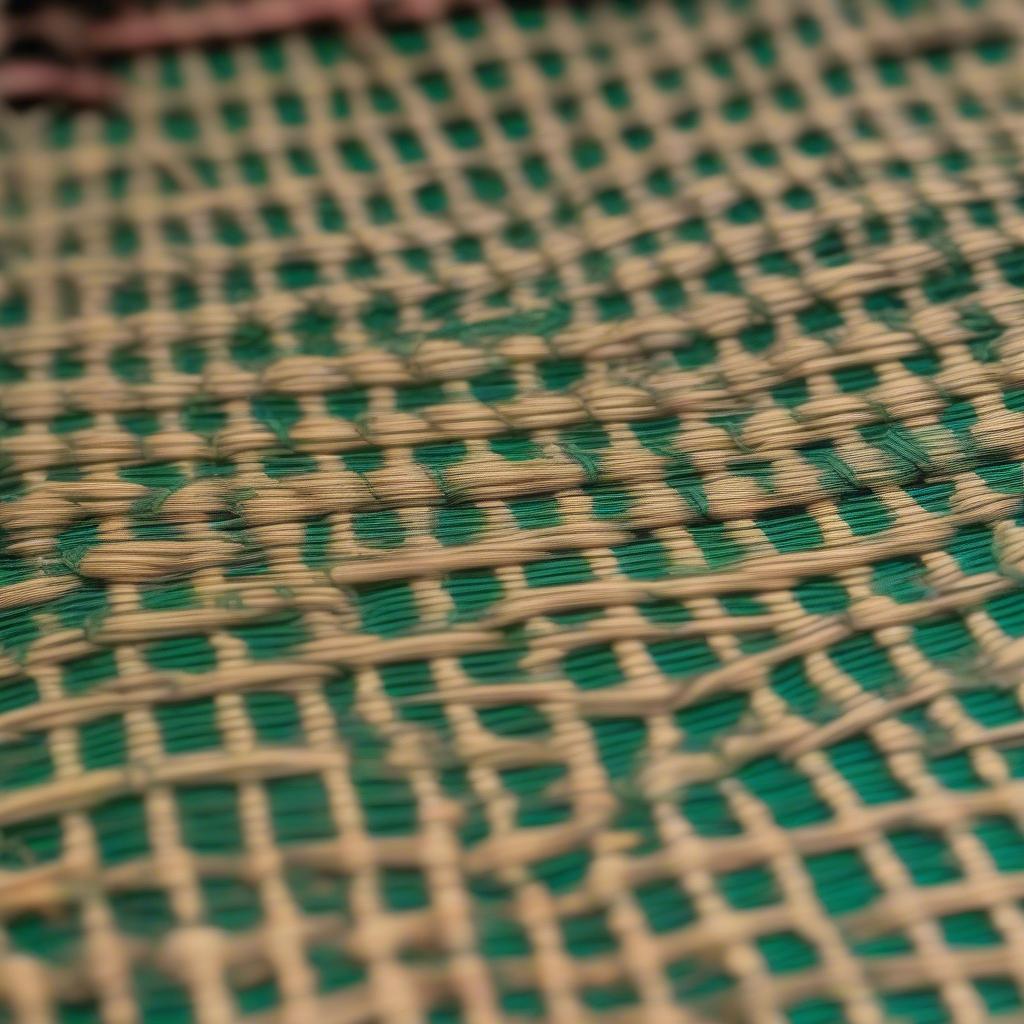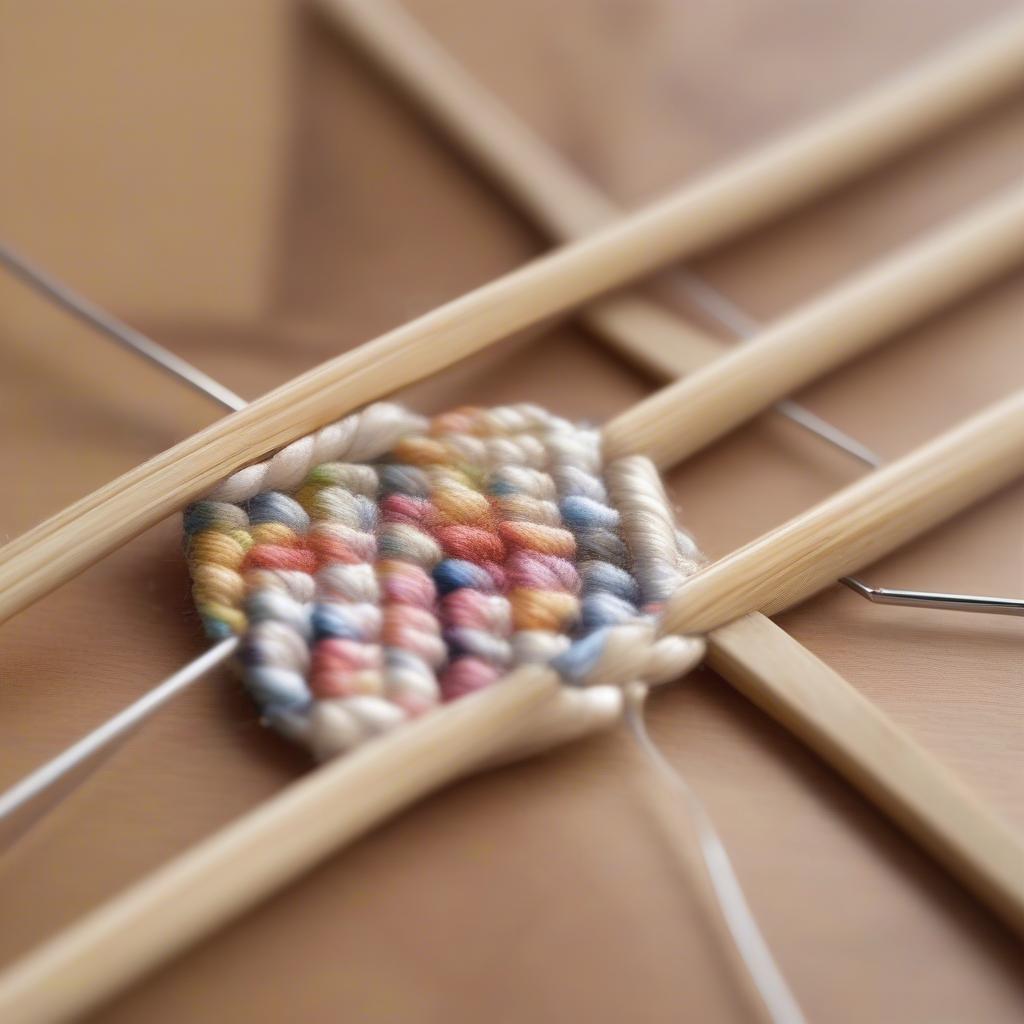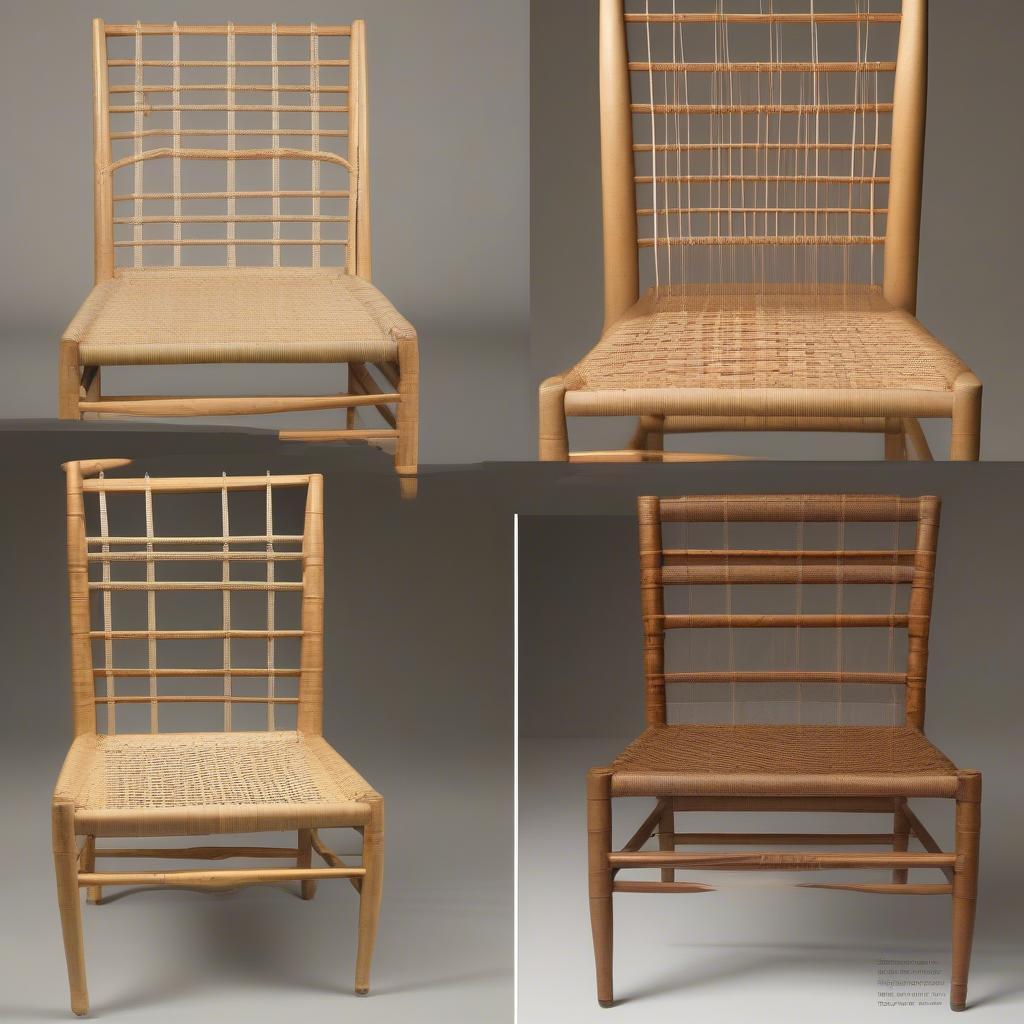Weave Chair
How to Repair a Caned Chair with Weaving or Cross-Stitch
Repairing a caned chair can seem daunting, but with a little patience and the right techniques, you can restore your cherished piece to its former glory. Whether you choose traditional weaving or the more forgiving cross-stitch method, this guide will walk you through how to repair caned chair seats using both techniques.
Understanding Cane and Choosing Your Repair Method
Before diving into the repair, it’s crucial to understand the material you’re working with. Cane is the outer bark of the rattan palm, a climbing plant native to Southeast Asia. Its flexibility and strength make it ideal for chair seats and backs. Choosing the right repair method depends on the extent of the damage and your desired aesthetic. For small holes or breaks, a simple cross-stitch repair might suffice. However, for larger areas of damage or a completely worn-out seat, full caning (weaving) is necessary. Knowing how to repair caned chair with weaving or cross-stitch opens up a world of restoration possibilities.
 Assessing Cane Chair Damage
Assessing Cane Chair Damage
Cross-Stitch Repair: A Simple Solution for Minor Damage
Cross-stitching is a relatively easy method for repairing small holes and breaks in the cane. This technique involves creating a woven patch directly over the damaged area using new cane. First, you’ll need to select cane of a similar width to the existing cane. Soak the new cane in warm water for about 30 minutes to make it pliable. Then, using a blunt needle or a caning awl, weave the new cane over and under the existing strands, creating a cross-stitch pattern. This method is less time-consuming than full caning and is ideal for beginners learning how to repair caned chair seats.
 Cross-Stitch Caning Repair Technique
Cross-Stitch Caning Repair Technique
Full Caning (Weaving): Restoring a Chair to Its Original Beauty
Full caning is a more intricate process that involves replacing the entire caned seat. This method is best for chairs with extensive damage or when you want to achieve a uniform look. It requires more time, patience, and practice than cross-stitching, but the results are well worth the effort. The process involves weaving the cane through the chair frame in a specific pattern, creating a strong and beautiful seat. Knowing how to repair caned chair with weaving ensures a complete and professional-looking restoration.
 Full Caning Weaving Process
Full Caning Weaving Process
Essential Tools and Materials for Cane Repair
Regardless of the repair method you choose, having the right tools and materials is crucial. These include:
- Cane: Choose cane of appropriate width and quality.
- Caning Awl or Blunt Needle: For weaving the cane.
- Sharp Knife or Scissors: For trimming excess cane.
- Warm Water: For soaking the cane.
- Measuring Tape or Ruler: For accurate measurements.
- Pencil: For marking guidelines.
- Optional: Caning pegs or clamps to hold the cane in place during weaving.
Maintaining Your Repaired Caned Chair
Once you’ve repaired your caned chair, proper maintenance will help extend its lifespan. Avoid placing the chair in direct sunlight or excessively humid environments, as this can cause the cane to dry out and become brittle. Regularly dusting and cleaning the cane with a damp cloth will also help prevent dirt and grime buildup.
Conclusion
Repairing a caned chair with weaving or cross-stitch is a rewarding project that can breathe new life into a cherished piece of furniture. By following the steps outlined in this guide and using the appropriate tools and materials, you can successfully restore your caned chair and enjoy it for years to come. Remember to choose the method that best suits your skill level and the extent of the damage, and always prioritize using high-quality cane for a long-lasting repair. Now that you know how to repair caned chair seating, go ahead and give that old chair the love it deserves!
FAQ
- What type of cane is best for chair repair? High-quality, close-woven cane is recommended for durability.
- How long does it take to repair a caned chair? The time varies depending on the repair method and the extent of the damage, ranging from a few hours for cross-stitching to several days for full caning.
- Can I paint or stain my repaired cane? Yes, you can paint or stain cane, but it’s best to do so before weaving or cross-stitching.
- Where can I buy caning supplies? Caning supplies are available at craft stores, online retailers, and specialty furniture repair shops.
- Is it easier to learn cross-stitch or full caning? Cross-stitching is generally easier for beginners.
- How do I know if my chair needs full caning or just cross-stitching? Small holes and breaks can be fixed with cross-stitching, while extensive damage requires full caning.
- How often should I clean my caned chair? Dusting regularly and wiping with a damp cloth every few months is recommended.
Suggested Further Reading:
- Cane Weaving Patterns for Beginners
- Advanced Caning Techniques
- Choosing the Right Cane for Your Project
For any assistance, please contact our 24/7 customer service team at Hotline: +84 388 951 999, Hanoi, Vietnam or Tech Avenue, Suite 12, San Francisco, CA 94105, USA.
